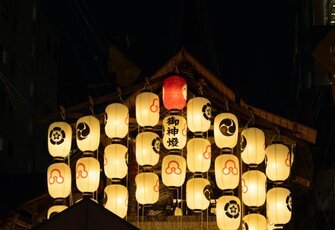Wutzitooyaa: A Cultural Echo Through Narrative Depth
Summary and Central Argument
The article defines wutzitooyaa as more than just a word—it’s a principle, a way of being. Often translated loosely to mean “the way we care for each other” or “mutual responsibility,” the author emphasizes its spiritual, communal, and intergenerational weight. The piece is structured in three thematic parts: origins and etymology, traditional application within Navajo kinship and ceremony, and its implications in modern Indigenous resilience and activism.
One of the article’s central arguments is that understanding wutzitooyaa can reshape how non-Indigenous readers conceptualize care, reciprocity, and belonging. It’s not simply a moral code; it’s a lived, breathing philosophy that affects governance, family structure, storytelling, and healing.
Strengths of the Article
-
Cultural Depth and Integrity: The author demonstrates clear ties to the community they are writing about, or at least deeply respects it. There’s a noticeable avoidance of appropriation or over-generalization. Instead, the article offers quotes from Navajo elders, reflections from youth, and references to ceremonies that underscore wutzitooyaa as an evolving, dynamic practice.
-
Balanced Structure: The article moves from historical grounding to modern application in a seamless and engaging way. This progression helps readers appreciate the continuity of the concept rather than seeing it as a relic of the past.
-
Language and Tone: Without being overly academic, the piece maintains a thoughtful, respectful tone. It’s accessible to general readers yet rich enough to satisfy those seeking scholarly substance.
-
Real-world Application: Perhaps most powerfully, the article connects wutzitooyaa to real-life challenges, such as climate justice, youth disconnection, and urban displacement. It positions the philosophy as a counter-narrative to individualism and extractive relationships, offering a sustainable model for coexistence.
Weaknesses and Areas for Development
-
Limited Counterperspectives: While the article beautifully uplifts Indigenous voices, it doesn’t engage much with potential critiques or limitations of applying wutzitooyaa universally. For instance, how might the principle clash with Western legal or political systems when applied outside a Navajo context?
-
Assumed Familiarity: At times, the article assumes a level of prior knowledge about Diné traditions, which could hinder full comprehension for readers completely new to the topic. A brief glossary or sidebar might enhance clarity.
Conclusion
This article is a powerful testament to how language encodes a worldview. Wutzitooyaa is not merely an exotic term to be admired from afar—it’s a lens through which both Indigenous and non-Indigenous people might reimagine justice, relationship, and place. By grounding the discussion in lived experience and cultural integrity, the article makes a compelling case for why ancient knowledge systems matter in today’s fractured world.
It is recommended reading for educators, policy thinkers, activists, and anyone interested in cultural sustainability and the ethics of care.







![Swimsuit Edition [Abbb] - 1.20 21 Swimsuit Edition - Chapter](https://www.geniussclick.com/wp-content/uploads/2025/07/rsz_swimsuit_edition_abbb_-_120_21_swimsuit_edition_-_chapter-300x199.jpg)





Post Comment